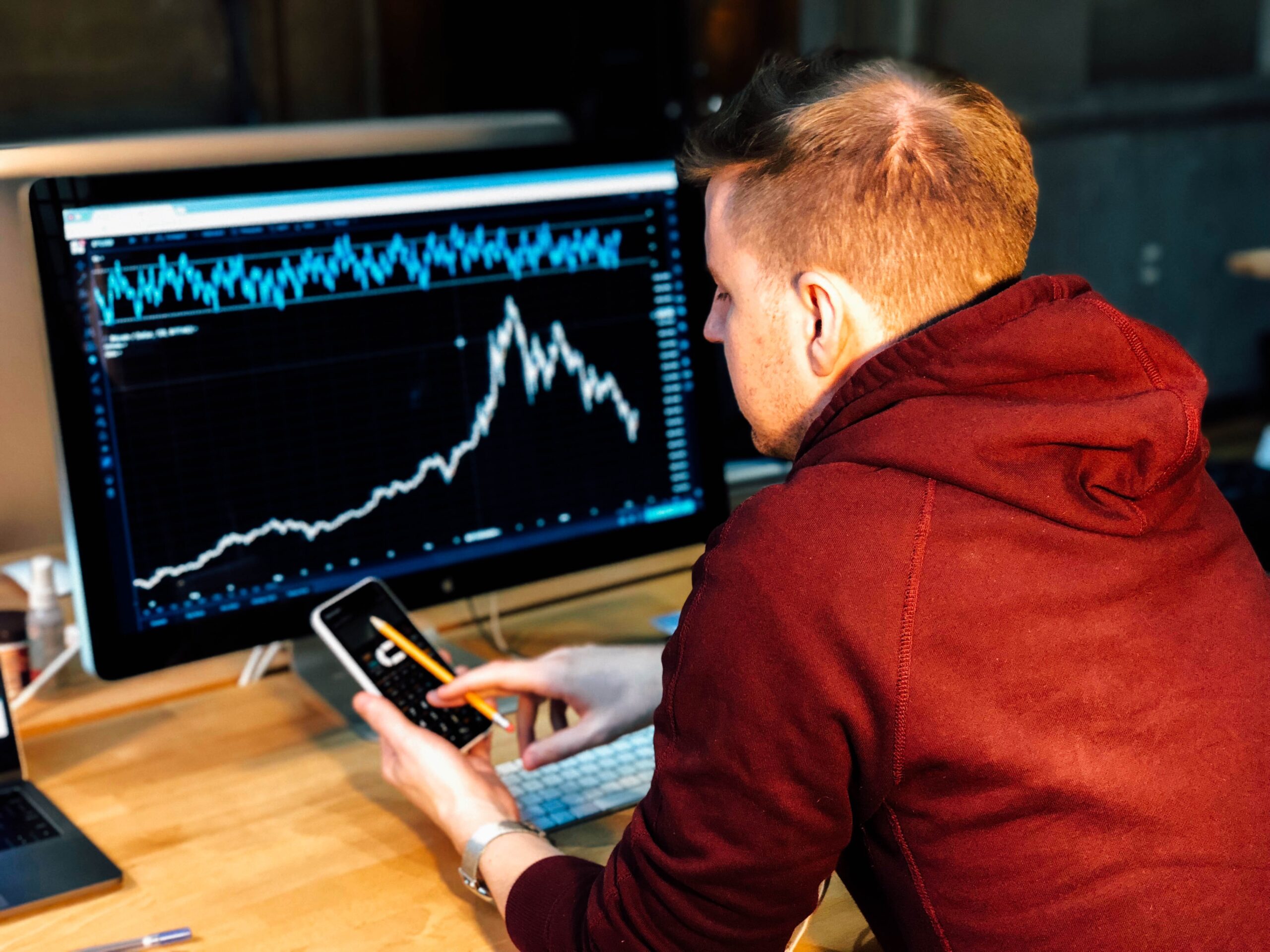Hedge funds can be very lucrative investment vehicles, but their success heavily depends on how well the portfolio managers can generate returns while effectively managing risk. To evaluate their performance, investment analysts use several metrics that measure the fund’s excess return over a benchmark, its downside protection, its sensitivity to the market, and the tracking error.
In this article, we will discuss four popular hedge fund performance metrics: Sharpe Ratio, Sortino Ratio, Treynor Ratio, and Information Ratio. We will explain how they work and use practical examples to illustrate their applications.
Table of Contents
ToggleSharpe Ratio: Measuring Risk-Adjusted Return
The Sharpe Ratio is a common metric that measures a fund’s excess return over the risk-free rate per unit of total risk. A higher Sharpe Ratio indicates that the fund can generate a higher return for a given level of risk. To calculate the Sharpe Ratio, we divide the fund’s excess return over the risk-free rate by its standard deviation. The risk-free rate is often approximated by the yield on three months government bonds as they are considered a proxy for risk-free investments. For example, if a hedge fund has a Sharpe Ratio of 0.65, it means that the fund generated a 0.65% excess return for each unit of total risk taken.
Sortino Ratio: Better Measure of Downside Risk
The Sortino Ratio is a variant of the Sharpe Ratio that uses the downside deviation instead of the standard deviation to measure the fund’s risk. The downside deviation only considers negative returns as it is a better proxy for bad risk. A higher Sortino Ratio indicates that the fund has a better downside protection compared to its peers. To calculate the Sortino Ratio, we divide the fund’s excess return over the risk-free rate by its downside deviation. For instance, if a hedge fund has a Sortino Ratio of 0.8, it means that the fund generated an 0.8% excess return for each unit of bad risk taken.
Treynor Ratio: Measuring Market Risk
The Treynor Ratio measures a fund’s excess return over the risk-free rate per unit of market risk, which is captured by the fund’s beta. Beta measures how sensitive the fund’s returns are to movements in the stock market. A higher Treynor Ratio indicates that the fund compensates investors more for the market risk taken. To calculate the Treynor Ratio, we divide the fund’s excess return over the risk-free rate by its beta. For example, if a hedge fund has a Treynor Ratio of 0.7, it means that the fund generated a 0.7% excess return for each unit of market risk taken.
Information Ratio: Evaluating Active Management
The Information Ratio measures a fund’s active return over its benchmark per unit of active risk, which is captured by the tracking error. The tracking error measures the standard deviation of the difference in returns between the fund and its benchmark. A higher Information Ratio indicates that the fund’s active management generates a higher return compared to the benchmark, given the active risk taken. To calculate the Information Ratio, we divide the fund’s active return over its benchmark by its tracking error. For example, if a hedge fund has an Information Ratio of -0.3, it means that the fund underperformed its benchmark by 0.3% per unit of active risk taken.
Conclusion
Choosing the Right Metric for the Strategy Choosing the appropriate hedge fund performance metric depends on the fund’s investment strategy and the benchmark used. For instance, the Information Ratio is only relevant when the fund’s benchmark is identifiable. Additionally, these metrics are not a one-size-fits-all solution and should be used in conjunction
Additional Resources
To keep learning and advancing your career, we highly recommend these additional resources:
17 Most Common Hedge Fund Strategies Explained
7 Financial Models Used by Investment Bankers












